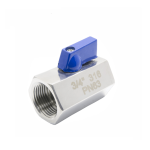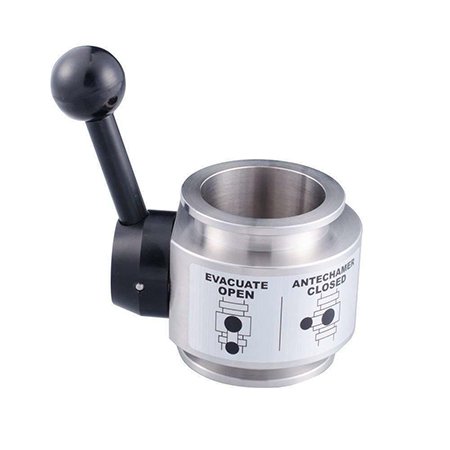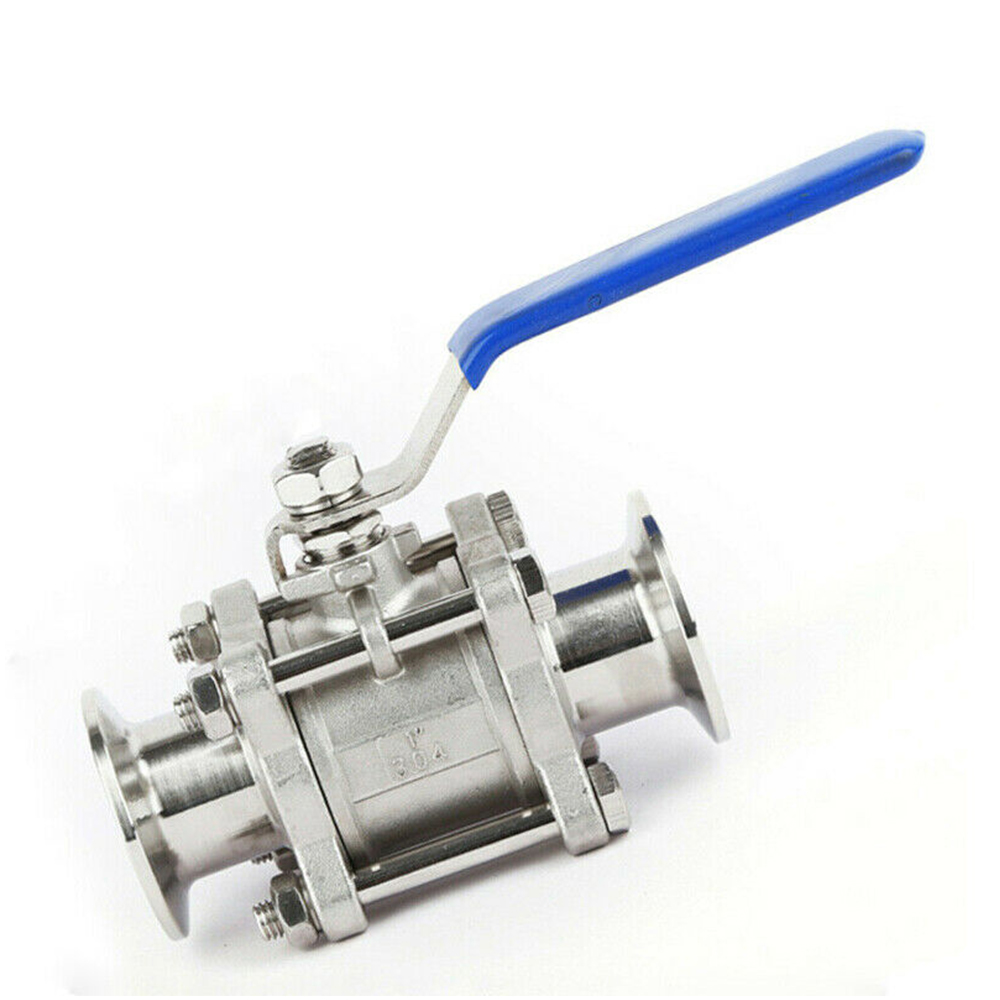
Valve Development Situation-Exploration of New Standards and New Processes
- Promote the development of new technologies and processes
Strengthen the connection between standards and scientific research, especially the research of major national scientific and technological projects, guide scientific research and technologically advanced backbone enterprises, transform the achievements of independent innovation into standards, and promote the development of new technologies and new processes.
The National Valve Standards Committee is now formulating the national standard “Valve Intelligent Electric Device”. The valve intelligent electric device is a new product developed abroad at the beginning of this century. Through the introduction and research and development, our country has mastered this technology and is developing very fast. Yangzhou Electric Power Repair, Tianjin Ertong, Wenzhou Rotork, and Changzhou Power Station auxiliary equipment can all be produced, and the product quality is quite good. The formulation of high-tech standards for “Intelligent Valves Electric Devices” has a great effect on promoting the development of the industry and blocking or reducing imported products.
Transform a batch of new products and new technologies into standards, reduce costs, improve efficiency, optimize product functions, and make new products and new technologies quickly recognized by the market, which promotes the progress of the industry.
2. Develop standards for energy saving and consumption reduction, new materials, etc., and promote industrial restructuring
my country’s natural resources are limited, so the development of standards for electricity, water, and materials is one of the development directions of valve standards. Speed up the elimination of products with low efficiency and high energy consumption, adjust the industrial structure, and promote the development and application of new technologies and new products.
In terms of material saving, the focus of the valve is to study new materials and replace metal materials with new materials to achieve the purpose of saving steel and precious metals.
The new ceramic valve adopts new ceramic materials to make the sealing parts and vulnerable parts of the valve, which improves the wear resistance, corrosion resistance and sealing performance of the valve product, and greatly extends the service life of the valve.
There are a wide range of raw materials for manufacturing ceramics, and the cost is low. Using aluminum, carbon, silicon and other common elements can produce ceramic materials with superior performance, which can save a lot of metal materials and rare mineral resources. Ceramic valves are used in electric power, petroleum, chemical, metallurgy, mining, sewage treatment and other industrial fields. They are wear-resistant, have good sealing properties, can minimize leakage, and will play a positive role in environmental protection. Keeping up with the development of technology, the Valve Standards Committee organized and formulated the “Ceramic Seal Valve” (JB/T10925-2005) standard to speed up ceramic sealing technology and promote the development of ceramic sealing materials.
In terms of reducing energy consumption, vigorously develop valve products with low flow resistance and low loss. In terms of power saving, the focus is on the electric device of the valve. The energy consumption of the electric device is controlled by selecting a motor with low energy consumption and low noise and improving the structure of the electric device.
3. Actively participate in international standard activities and accelerate the transformation of valve international standards
The world has entered a period of economic globalization, and the inevitable trend of economic globalization is standard internationalization. Through the study of the correlation between ISO standards and my country’s valve standards, we have an overall understanding of the state of my country’s valve standards adoption, determine the direction of adoption, and increase the intensity of standard adoption. At the same time, strive to substantively participate in the work of international standardization, integrate my country’s standards into international standards, and strive for the right to speak and lead in international standards. Due to historical and regional reasons, the current ISO/TC153 “valve” has formed a pattern with Europe and the United States as the main body. Therefore, on the one hand, the National Valve Standards Committee actively participates in and sponsors international standards conferences; on the other hand, it actively sends Chinese experts to join the International Organization’s Standards Committee’TC’, Subcommittee’SC’ and Standard Working Group’ WC’ takes the vote of the draft international standard seriously, and provides favorable terms for our country to the ISO/TC153 secretariat, so that our reasonable requirements can be reflected in the international standard.
4. Improve the safety of valve products and ensure the safety of equipment and personnel
Many valves are used in pressure pipelines, and safety is of paramount importance. The General Administration of Quality Supervision, Inspection and Quarantine of the People’s Republic of China promulgated the “Special Equipment Safety Technical Code”. Valves, as a kind of pressure pipeline components, are also included in special equipment. There are two main reasons for safety accidents caused by valve products. One is that the product does not meet the standard requirements, such as the wall thickness of the shell, the inspection and inspection requirements of the welded joints, and the material requirements. The other is the installation and use. improper. The National Valve Standards Committee has always attached importance to the safety requirements in the product standards. These requirements are cited in the “Special Equipment Safety Technical Specifications” and become mandatory requirements to maximize the safety of equipment and personnel. In recent years, the Valve Standards Committee has applied for the formulation of standards such as “Requirements for Minimum Wall Thickness of Valve Shells” and “General Requirements for Installation, Use and Maintenance of Industrial Valves“. The safety requirements in valve product standards and the formulation and revision of valve safety standards will be a focus of future work.






